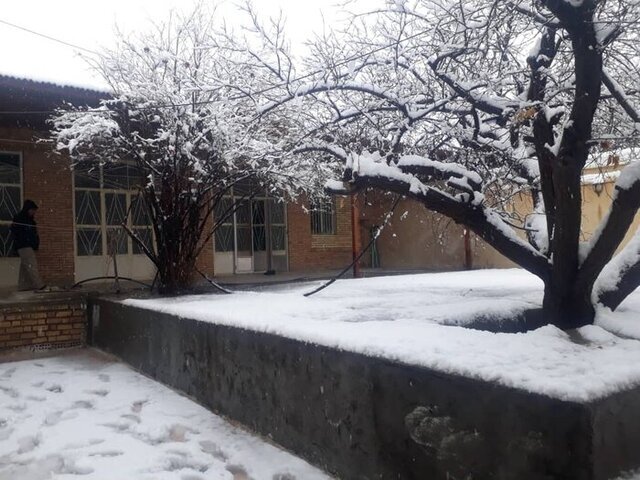Lt.Gen. Soleimani’s paternal house added to national heritage list

TEHRAN – The paternal house of Iranian popular commander Lieutenant General Qassem Soleimani has recently been inscribed on the national heritage list.
Located in Kerman province, the old house has been evaluated worthy of achieving the national tag by the Ministry of Cultural Heritage, Tourism, and Handicrafts, ISNA reported on Wednesday.
The inscription was announced in a letter to the governor-general of the southern province, the report added.
Lieutenant General Soleimani was assassinated in a U.S. drone strike on January 3, 2020 near Baghdad’s international airport along with his longtime comrade Abu Mahdi al-Mohandes, the former deputy head of Iraq’s Popular Mobilization Forces (PMF).
As the commander of the Revolutionary Guards’ Quds Force, Soleimani was considered one of the most powerful Iranian figures as he played a prominent role in the country’s foreign policy in West Asia for years. He was internationally recognized as a legendary commander in the fight against terrorist groups.
The martyrdom of General Soleimani and al-Mohandes generated new momentum in the region among resistance groups to achieve the goal of getting rid of America’s military presence. This was partly generated due to the two men’s sacrifices during the fight against the Islamic State of Iraq and the Levant.
The two commanders enjoyed enormous popularity not just in Iran and Iraq but in entire West Asia and beyond for the major role they played in the successful battles that ultimately put an end to the territorial rule of Daesh, the world’s most notorious terror group.
The big and sprawling province of Kerman is something of a cultural melting pot, blending various regional cultures over time. It is also home to rich tourist spots and historical sites including bazaars, mosques, caravanserais, and ruins of ancient urban areas.
Kerman province is bounded by the provinces of Fars on the west, Yazd on the north, South Khorasan on the northeast, Sistan-Baluchestan on the east, and Hormozgan on the south. It includes the southern part of the central Iranian desert, the Dasht-e Lut.
ABU/
Leave a Comment